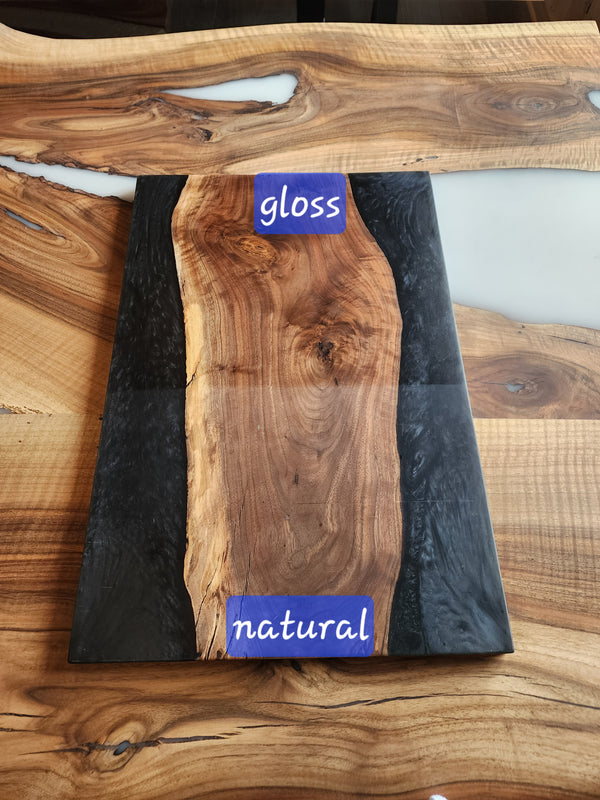Why Drivers Count On Ceramic Coating Philadelphia for Superior Vehicle Care
Why Drivers Count On Ceramic Coating Philadelphia for Superior Vehicle Care
Blog Article
Why Ceramic Finish Is the Ultimate Remedy for a Perfect Complete
Ceramic covering has actually emerged as a leading solution for those looking for a flawless coating for their vehicles, thanks to its impressive durability and safety features. What factors really established ceramic layer apart?
What Is Ceramic Finish?

When applied correctly, ceramic finishing develops a hydrophobic surface that wards off water and dirt, making it simpler to maintain and cleanse. Unlike traditional waxes or sealants, which commonly offer short-term security, ceramic finishings can last for several years, depending upon the product quality and application technique. The procedure of using ceramic finish needs careful preparation, including extensive cleansing and occasionally repaint modification, to make certain ideal bonding and effectiveness.
Ceramic coverings are not restricted to automotive surface areas; they can also be made use of on different materials, consisting of glass, metal, and plastics, offering a functional option for enhancing security. Overall, ceramic finish stands for a substantial advancement in surface area protection technology, integrating both functional and visual benefits for a vast array of applications.
Benefits of Ceramic Layer
While several surface security options exist, the advantages of ceramic covering attract attention due to its unique homes and lasting efficiency. Among the main benefits is its extraordinary sturdiness. Ceramic Coating Philadelphia. Unlike standard wax or sealants that need regular reapplication, ceramic coatings give a resilient layer that can last for a number of years, significantly lowering maintenance efforts
One more noteworthy benefit is boosted defense against ecological pollutants. Ceramic coatings develop a hydrophobic surface that fends off water, dirt, and different toxins, making it easier to cleanse. This attribute not only protects the vehicle's look but additionally reduces the threat of corrosion and oxidation, particularly in severe weather.
Furthermore, ceramic coverings provide remarkable resistance to UV rays, preventing fading and deterioration of paint gradually. This UV defense is essential for keeping the visual worth of vehicles and surfaces revealed to route sunlight.
Additionally, the glossy coating accomplished with ceramic finish enhances the overall visual appeal, providing surfaces a showroom-quality luster. On the whole, ceramic coverings represent a significant advancement in surface protection technology, providing enduring benefits that deal with both practical and aesthetic needs.
Just How It Functions
Recognizing the scientific research behind ceramic finishings discloses exactly how they provide such amazing defense and long life. At its core, a ceramic coating is a liquid polymer that chemically bonds with the automobile's manufacturing facility paint. This bonding develops a protective layer that is both hydrophobic and oleophobic, repelling water, dust, and oil. The main element of most ceramic finishes is silicon dioxide (SiO2), which is obtained from quartz. This substance adds to the covering's hardness and resistance to scratches, UV rays, and ecological pollutants.
The application procedure involves multiple actions, consisting of surface area preparation, which is vital to achieving optimal attachment. Once used, the finishing goes through a curing procedure, during which it solidifies and develops a semi-permanent bond with the paint surface area. This bond is what distinguishes ceramic coverings from standard waxes and sealants, offering a longer-lasting safety barrier that can endure for several years.
Furthermore, the thickness of the layer can boost its protective top qualities, guaranteeing that it can hold up against severe conditions. Ultimately, the scientific research of ceramic finishings combines advanced materials with innovative application methods to provide an unmatched degree of security and visual enhancement for vehicles.
Contrast With Standard Techniques
The benefits of ceramic finishings end up being particularly evident when compared to conventional paint protection approaches such as sealants and waxes. While waxes offer a short-term sparkle, normally lasting a couple of weeks to a couple of months, ceramic coatings offer a durable safety layer top article that can withstand for several years. This longevity significantly minimizes the frequency of reapplication, making ceramic coverings an extra cost-effective remedy with time.
Additionally, traditional techniques frequently require extensive prep work and numerous applications to accomplish an adequate level of security. On the other hand, ceramic finishings bond at a molecular degree with the automobile's surface, creating a durable shield versus environmental pollutants like UV rays, acid rainfall, and roadway salts. This bond improves the automobile's resistance to scratches and swirl marks, which prevail with typical waxes and sealers.
Furthermore, the hydrophobic residential properties of ceramic finishings ward off water and dirt, resulting in easier cleansing and upkeep. In comparison, wax and sealant-treated surfaces can draw in grime, necessitating more regular cleaning - Ceramic Coating Philadelphia. In general, ceramic finishings not just provide exceptional security but additionally provide a more aesthetically appealing and long-lasting finish, establishing them as the preferred option for discerning lorry proprietors
Application and Maintenance Tips

Using a foam applicator, apply the finishing in little sections, following the manufacturer's guidelines concerning density and overlap. Permit enough healing time in between coats, generally 1 day, to make sure appropriate bonding. After application, it is important to stay clear of direct exposure to water or extreme elements for a minimum of a week to permit the layer to totally heal.
For maintenance, clean the automobile regularly with pH-balanced soaps and prevent unpleasant materials. Touchless car washes are recommended to lessen scratching. Additionally, using a ceramic upkeep spray can enhance the covering's hydrophobic homes and durability. Regular inspections for any type of signs of wear will certainly aid maintain the coating's integrity and maintain that excellent coating.
Conclusion
In final thought, ceramic finish arises as a premium choice for attaining a remarkable automotive coating. By developing a durable bond with factory paint, ceramic layer successfully shields against scrapes, UV rays, and environmental contaminants.

Report this page